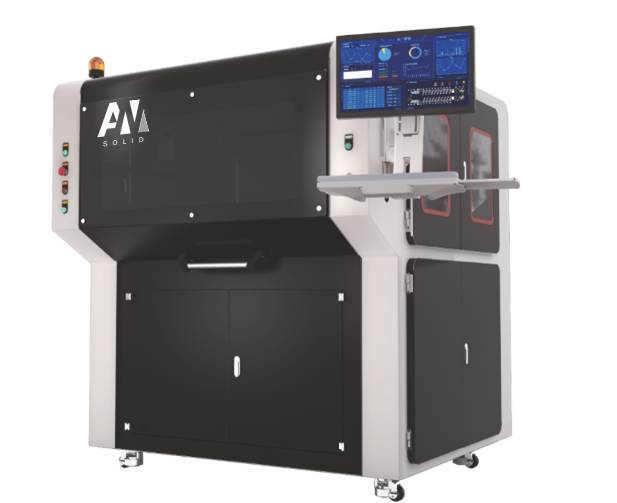Leasing
Calculate equipment leasing
commissioning
We will install, launch and train you to use the equipment
Repair and service
Own service department
Silicon carbide printing is a groundbreaking technology that unlocks new possibilities for manufacturing lightweight, durable, and temperature-resistant components capable of withstanding extreme loads. Thanks to its unique properties, this technology is finding applications across various industries where high performance and cost efficiency are critical.
Advantages of the Technology
Silicon carbide 3D printing offers the following benefits:
- Reduced production time through high-speed manufacturing processes.
- Lower production costs compared to traditional methods.
- Ability to produce complex geometries that are difficult or impossible to achieve using other methods.
- Weight reduction of components without compromising their functionality.
Applications of the Technology
Optical Systems
Silicon carbide is widely used for producing mirror blanks due to its optical and mechanical properties. Among the existing processing methods, such as hot-pressed sintering and chemical vapor deposition, reaction-bonded sintering stands out for its cost efficiency and high production speed.
3D printing technology significantly accelerates the production of mirrors, providing:
- Cost reduction by several times compared to traditional methods.
- Weight reduction of mirror blanks while maintaining comparable performance.
- The ability to create complex shapes necessary for high-precision optical systems.
The use of 3D-printed silicon carbide in optics opens new possibilities for developing telescopes, laser systems, and other advanced devices.
Defense Industry
Silicon carbide ceramics play a central role in modern protective systems due to the following properties:
- High hardness.
- Compressive strength.
- High elastic modulus.
These characteristics make silicon carbide an ideal material for producing ballistic composite armor. The armor consists of ceramic plates combined with enhanced composite backing panels, offering:
- Weight reduction of over 60% compared to traditional steel panels.
- Improved mobility and effectiveness of military equipment.
- Decreased physical strain on personnel.
Key applications include:
- Torso panels (SAPI, ESAPI, XSAPI).
- Side panels (ESBI, MSAP, SSAPI).
- Protective elements for vehicle doors and seats (e.g., HMMWVs and others).
Other Applications
- Aviation and Aerospace: Lightweight, heat-resistant components for aircraft and spacecraft.
- Mechanical Engineering: Wear-resistant parts for engines and mechanisms.
- Energy Sector: Heat exchangers and components for high-temperature systems.
Future Prospects
The advancement of silicon carbide 3D printing technology opens new horizons for various industries. Potential future developments include:
- Medical technology: Creation of wear-resistant implants and prosthetics.
- Construction industry: Production of high-strength building elements and structures.
- Innovative materials: Development of enhanced silicon carbide-based materials with superior properties.
Silicon carbide 3D printing represents a step into the future, where speed, reliability, and cost efficiency become the key success factors in manufacturing.
